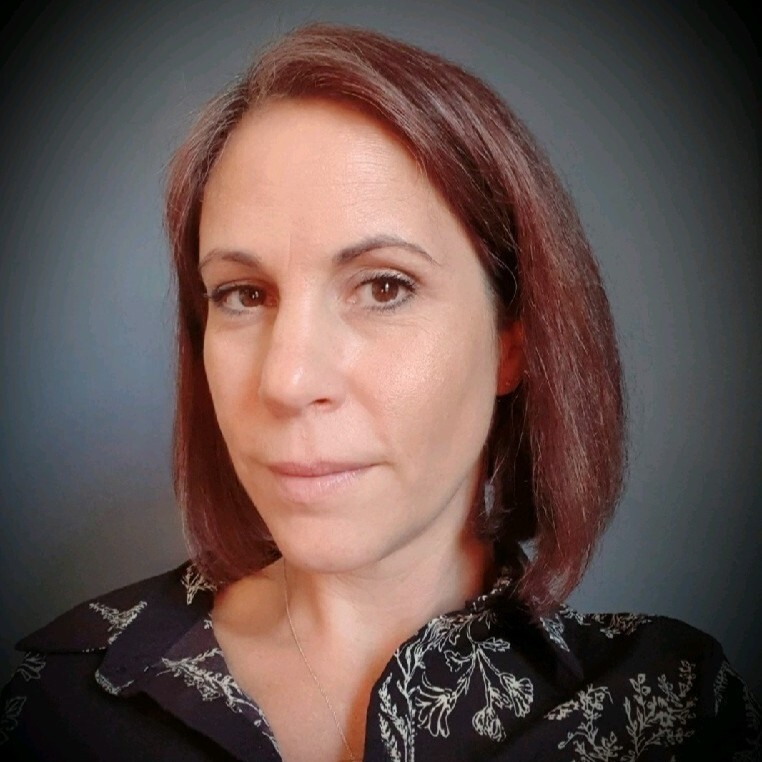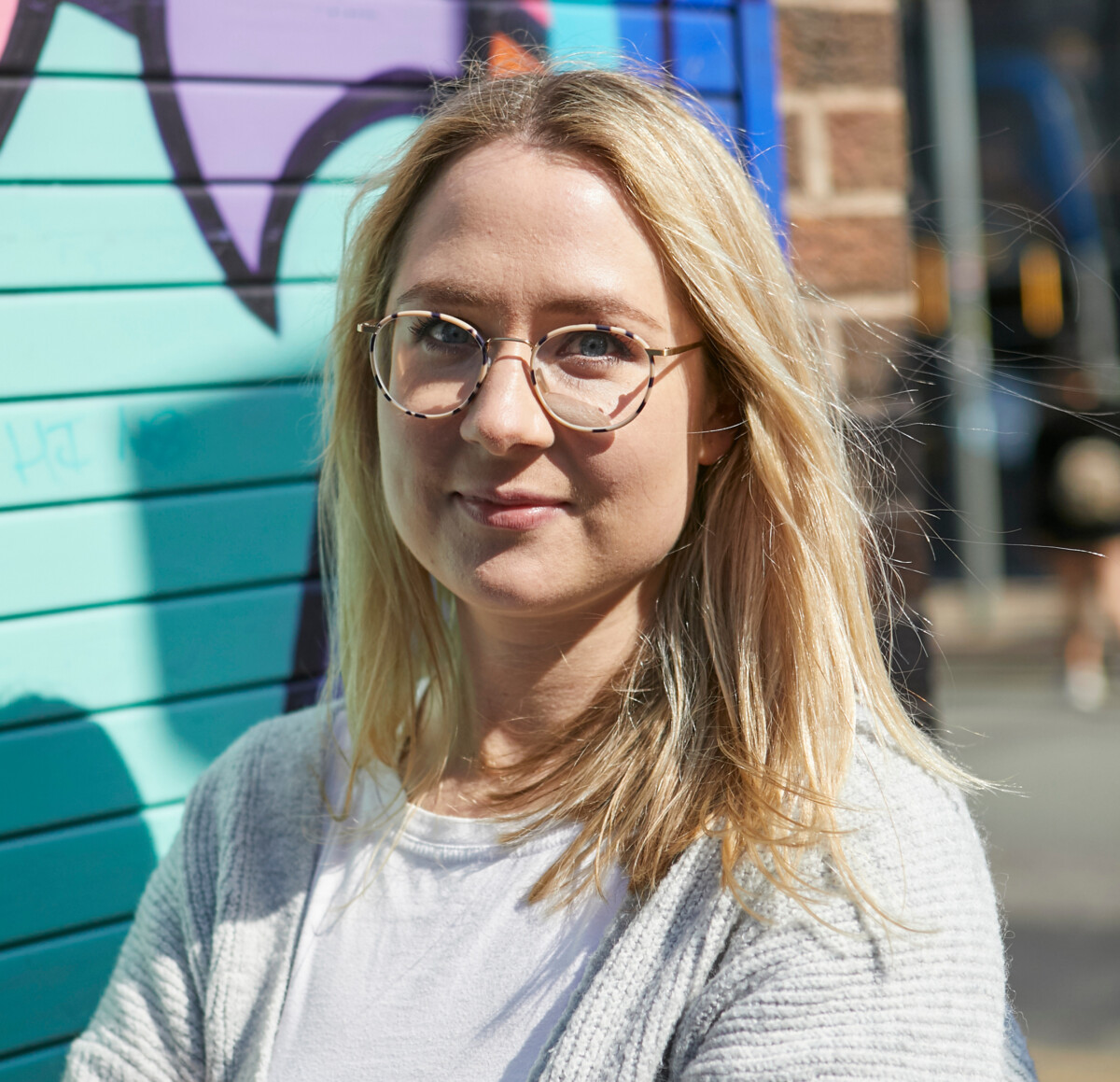If your nonprofit isn’t yet using a CRM platform and is about to make the move – or thinking about it, there are a number of things to take into consideration if you’re to make it a success.
Here are some top tips from the experts.

Chris Houghton, CEO, Beacon
- Ask yourself which fundraising tasks make you sigh
CRMs are fantastic at automating manual, repetitive tasks, like reclaiming Gift Aid. How much time are these tasks taking you? How much is not doing them properly costing you?
- Work out your budget
CRMs aren’t free. If you find a free platform, then it almost certainly won’t do what you need. It’s important to work out a realistic budget. As a rule of thumb, a CRM should pay for itself 5-10x times over, once you consider efficiency savings, additional amounts raised, and extra Gift Aid claimed.
- Learn the lingo
There’s a lot of jargon that can surround charity CRMs. It’s good to take the time to learn it all, so you can evaluate potential providers properly!
Julie Pitt, Director, PtG Business
- Have someone empowered internally to properly manage the onboarding. They need to be given the space in their schedules to manage the project – don’t heap it upon an already full workload and make sure the person (a) wants to be the custodian of the project and (b) has enough knowledge to be able to effectively onboard such a critical organisational tool (if you don’t understand data, then this isn’t for you!).
- Do not underestimate or leave out the 3-12 months of teething and working out niggles once you are onboarded. All of your processes will need to be reviewed so they match the new system. Re-think processes from scratch so you don’t inadvertently bring unnecessary work arounds into the new system. What do you actually need achieve? Work from the objective backwards and challenge each step.
- If you don’t invest in cleaning up your data and resolving structural issues before migration, the problem will not be resolved and will only get worse. Moving to a new CRM will not magically improve your data.
- Break your training down: basics/intro/navigation, trusts, corporate, community, individual giving, finance, reporting. People learn better and retain information if it is relevant to their role, is identifiable (use your own data not test data), is framed as a discussion and invites questions and interaction.

Jane Trenaman, EMEA Nonprofit Advocacy & Fundraising CXO Strategic Industry Advisor, Salesforce
- Be pragmatic and realistic, but also challenging and curious – think about the project from a Crawl/Walk/Run perspective and plan practically with an eye to the future. You’ve got the attention of the board and executive sponsors, so use this as an opportunity to educate and excite them about the possibilities to come, as well as the basic capabilities you need to deliver in early phases.
- IT and project leads need to closely involve business stakeholders in the project. In developing CRM strategy and project plan, make sure strategic objectives are aligned across business and IT stakeholders. Not only will this better set up your project for success, it will also help with your business case if you can include budget projections associated with tapping into different functionalities. And critically it will include a broader view of change management priorities beyond the technology, spanning processes, skills, team structure and culture.
- Data strategy is often the missing link between fundraising strategy and fully leveraging the capabilities of your CRM platform. Use this project as an opportunity to review, clean and consolidate your data. Storage costs aside, archiving old data that you have little or no reason to access will allow you to cut through the clutter and access valuable insights. Ensure the data you have is organised intuitively and in line with your strategy so it can fuel your platform and fundraising activities optimally. And explore the best integrations, data ingestion engines and warehousing approaches to bring disparate data sources together.
- Moving to an exciting new platform? Lay out the resources you will need to make the most of it, from internal teams, to outsourcing, to development, to customer success support. This isn’t a finite project with a one-off cost – consider the return on investment that you will require in the medium and longer term to continue to leverage innovations as they become available. When considered as a % of your upfront investment, this looks less like an additional overhead and more like common sense.

Phil Hunt, Senior Marketing Manager, Blackbaud Europe
- Make sure you focus on underlying issues you’re having with your current solution, or specific challenges you’re facing when purchasing your first CRM. Those issues could be influenced by a lack of functionality, poor data quality, a poorly implemented solution or outdated design process. A ‘rip-and-replace’ of one solution with shiny new technology won’t correct these underlying challenges.
- Articulate your requirements clearly to your technology partner by stating your overall business objectives at the highest level. Explain what you’re hoping to achieve over the coming years in – this could be growth in income or supporter numbers, efficiency in operations, improved cross-department collaboration or more. Your technology vendor should be a partner in this over the following years. Their involvement doesn’t end with software selection and implementation.
- Understand the details when it comes to pricing. For example, do you pay for records in the system or user license seats? What services and level of support is included in implementation – what will you need to do, what can your vendor do in-house, and will any third parties need to be involved? What does on-going support or training look like and is this included? Use this information alongside your anticipated growth or efficiency gains to work out your return on investment. Your vendor should be able to help you understand what value you’ll be able to realise in year 1, 5 or 10 of your partnership.

Steph Graham, CEO, GoodCRM
Having a CRM can support fundraisers to develop and nurture relationships with new and existing donors by storing lots of lovely rich data. But at a time like this, it’s more important than ever that your CRM also saves you time. CRMs that can automate certain processes and functions, and cut down admin time, will create more staff capacity that can be used to develop donor relationships.
In order to create that capacity, look for CRMs that:
- Can accept online donations directly meaning your donor data is always immediately to hand
- Charge no commission or transaction fees.
- Can help to manage fundraising through membership/regular giving schemes – these are hard to scale without automated features such as automated billing and reminders.
- Centralise data automatically for good organisational memory recall equipping fundraisers with vital fundraising intelligence across a large team.
- Captures data from across the organisation / beyond the development team modelling how donors and prospects interact with the entire organisation.
- Allows processes to be embedded meaning that data is captured as a consequence of the work rather than being an additional onerous task.
- Build capacity by automating tasks which might otherwise take a long time to complete.
from UK Fundraising https://ift.tt/1GCAqmu
0 comments:
Post a Comment